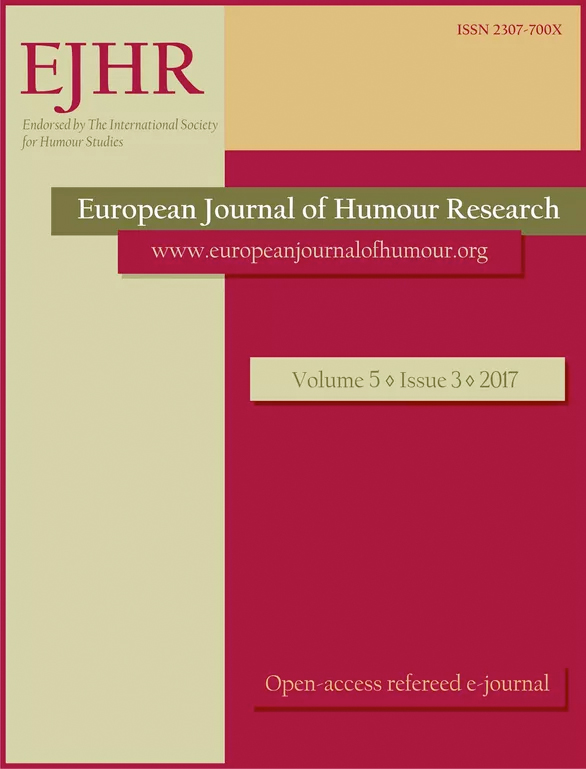Humorous nonsense and multimodality in British
and American children’s poetry
Humorous nonsense and multimodality in British
and American children’s poetry
Author(s): Elżbieta Chrzanowska-KluczewskaSubject(s): Language and Literature Studies, Theoretical Linguistics, Studies of Literature, Pragmatics, Theory of Literature
Published by: Krakowskie Towarzystwo Popularyzowania Wiedzy o Komunikacji Językowej Tertium
Keywords: children’s poetry; nonsense; humour; multimodality; visual modality;
Summary/Abstract: Nonsense and humour are two cognitive and linguistic phenomena that frequently overlap.The focus of this article falls on chosen instances of humorous nonsense poetry, targeted atEnglish-speaking children, which contains verbal and visual modes of expression.Formal sources of nonsense-creation in natural language can be several, among otherssemantic anomaly, syntactic ill-formedness and structural ambiguity, phonetic andgraphological experimentation.The interplay of nonsense with the visuality of the text in children’s poetry assumes threedistinct forms: 1) visual poems, 2) multimodal texts, where illustrations, often nonsensical andfunny in themselves, support the verbal text, and 3) texts based on the phonetic play. Exampleswill be drawn from the classics of the Anglophone children’s poetry: Mother Goose, theVictorian classics L. Carroll and E. Lear, 20th century British and American poets – L. Hughes,e. e. cummings, T. Hughes, J. Agard, as well as the Polish-British pair W. Graniczewski and R.Shindler.In all the poems to be analysed multimodality has an important role to play in the creationand strengthening of the effect of humorous bisociation/incongruity. A tight intertwining of thephonetic, semantic, and visual layers in such texts becomes an additional challenge for theirtranslators.The theoretical keystone for our considerations remains Henri Bergson’s study Laughter(1900/2008), which deftly combines the superiority, the incongruity, and the release theory ofmodern humour studies. Bergson rightly links the sources and effects of the nonsensical andthe comic to the notion of game/play and to the idea of dream-like illusion they create.
Journal: The European Journal of Humour Research
- Issue Year: 5/2017
- Issue No: 3
- Page Range: 25-42
- Page Count: 18
- Language: English

